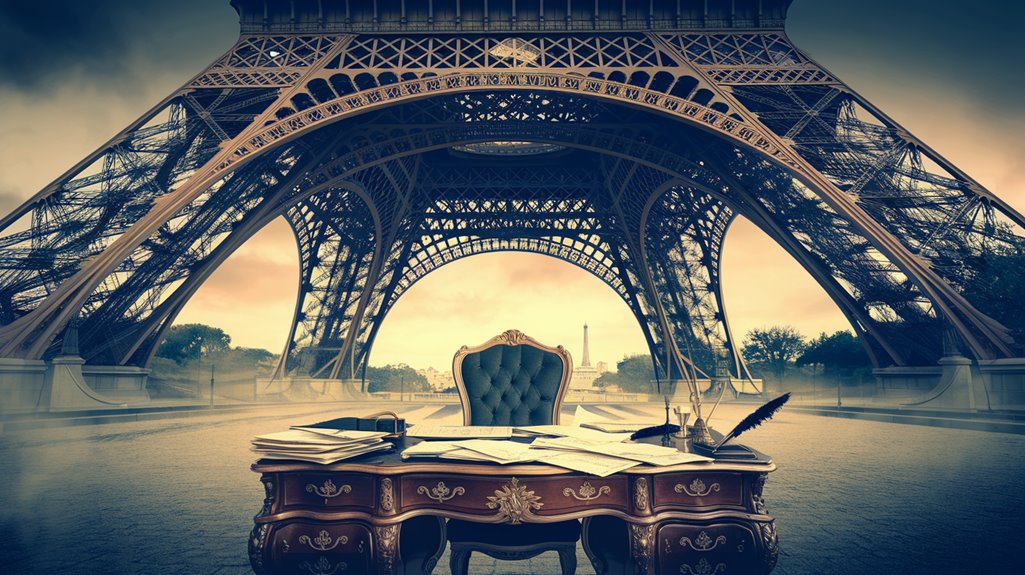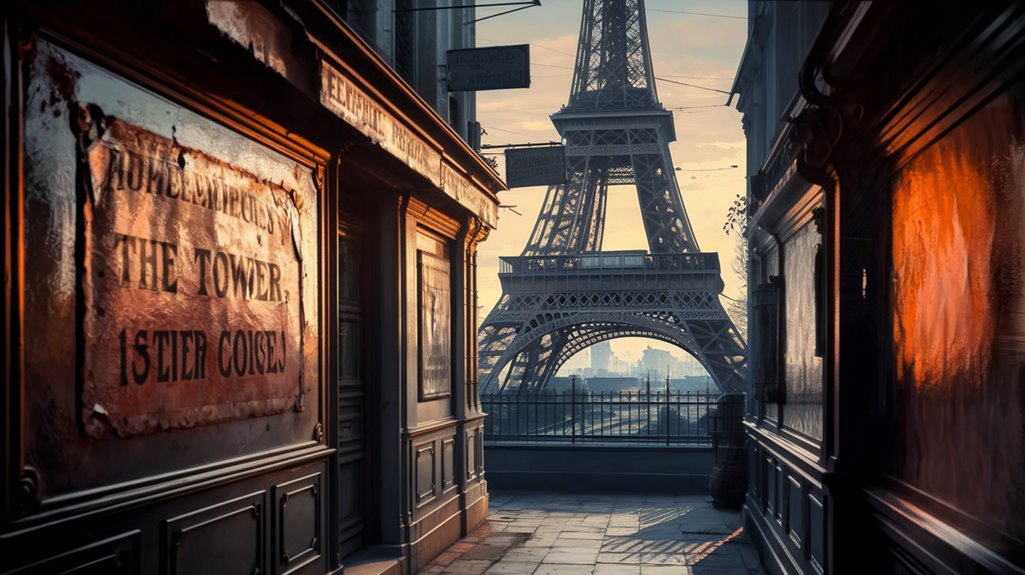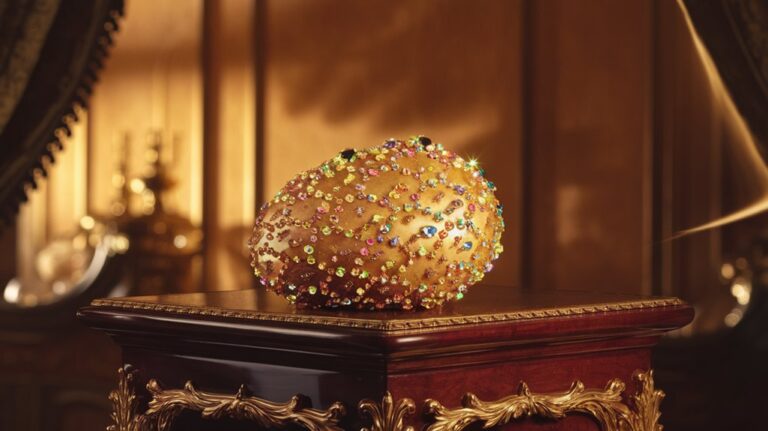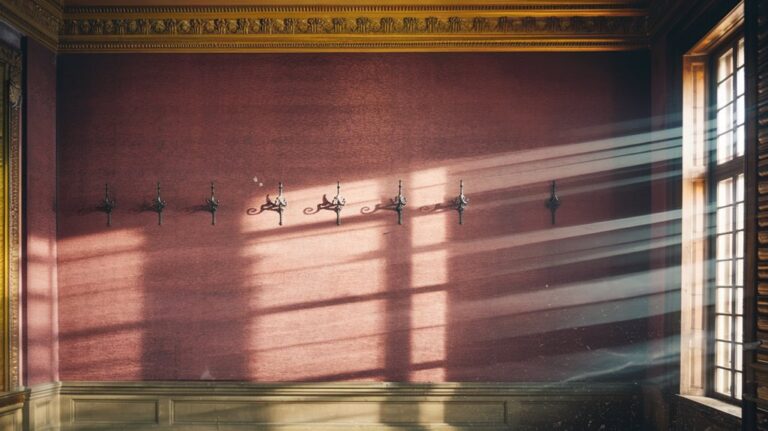The Eiffel Tower Was Sold Twice by a Clever Con Man
You might be surprised to learn that the Eiffel Tower was once a financial burden on Paris, requiring expensive maintenance while generating little revenue. This precarious situation created the perfect opportunity for Victor Lustig, one of history's most ingenious con artists, to execute an unthinkable scheme. By exploiting both human greed and bureaucratic confusion in post-war France, he managed to "sell" the iconic landmark twice—and almost got away with it.
Setting the Stage: Paris in 1925
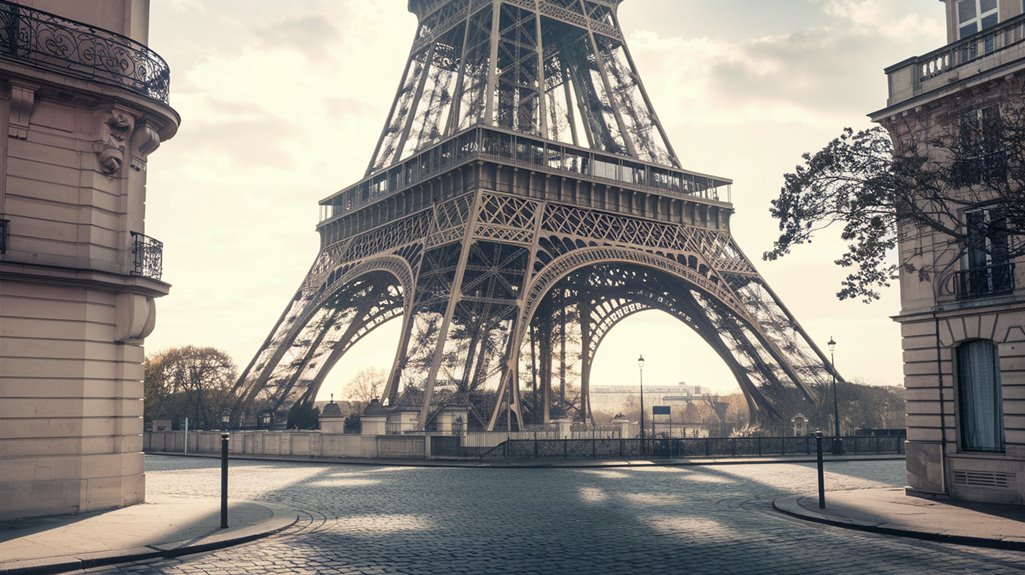
Three major forces converged in Paris during 1925, setting the stage for one of history's most audacious scams.
While the city experienced a cultural renaissance through the International Exhibition of Modern Decorative and Industrial Arts, showcasing France's artistic prowess to 20 nations, its economic foundation was crumbling. Under President Gaston Doumergue, the exhibition officially opened on April 28, transforming the city into a grand showcase of modern design.
You'd find a government drowning in debt, desperately seeking loans from American banks and battling a weakening franc.
The iconic Eiffel Tower stood as a silent witness to this paradox.
Though it had survived its planned 1909 demolition thanks to its wartime role as a radio tower, by 1925 it had become a financial burden. A local newspaper article about the tower's deteriorating condition caught the attention of an ambitious Czech conman.
You're looking at a Paris caught between its glittering artistic ambitions and harsh economic turmoil – perfect conditions for an enterprising con artist.
Meet Victor Lustig: The Master of Deception
Born in the twilight of the 19th century, Victor Lustig emerged as history's most brazen confidence man.
You'd never guess that this sophisticated fraudster from Bohemia began as a brilliant student with remarkable linguistic prowess, mastering multiple languages before abandoning his education at 19 to pursue a life of deception.
With a distinctive scar on his left cheek from a lover's rage, Lustig crafted an empire of lies using his deep understanding of criminal psychology.
He'd go on to create 45 different identities, each perfectly tailored to his targets.
Even the notorious Al Capone fell victim to his schemes, losing $5,000 in a fake investment opportunity.
His death from pneumonia in Alcatraz marked the end of his illustrious criminal career.
But Lustig's greatest feat was yet to come: he'd sell the Eiffel Tower not once, but twice. His clever use of fake government documents helped him convince potential buyers he was a legitimate official.
The Perfect Storm: Why the Scam Worked
When several factors aligned perfectly in post-war Paris, Victor Lustig seized an unprecedented opportunity to orchestrate his most audacious con.
The Eiffel Tower's economic decline had created genuine concerns about its maintenance costs, while public interest in the aging monument was waning. You wouldn't have questioned the tower's potential sale, as it was originally meant to be temporary. Lustig carefully selected six scrap dealers to receive his counterfeit invitations.
Lustig's genius lay in his emotional manipulation of the perfect target.
By selecting Andre Poisson, an ambitious businessman keen to climb the social ladder, he exploited natural human vulnerabilities. Hosting the meeting at the prestigious Hôtel de Crillon added an air of legitimacy to his scheme.
His masterful use of fake credentials, combined with the believable narrative of a secret government sale, made the scam nearly foolproof.
The urgency he created and his insistence on secrecy prevented immediate exposure, allowing him to execute the con flawlessly.
Inside the Hotel De Crillon Meeting
Inside the opulent Hotel De Crillon, Victor Lustig orchestrated a theatrical performance that would seal his legendary con. He strategically chose this prestigious venue, leveraging its hotel amenities and event planning services to create an air of legitimacy.
In one of the hotel's heritage landmark salons overlooking Place de la Concorde, he gathered his unsuspecting marks. The venue's rich history of hosting state visits and royalty made it an impressive choice for his scheme. He took advantage of the hotel's renowned Les Ambassadeurs bar to entertain potential buyers over cocktails.
- Crystal chandeliers sparkled overhead in the 1,044-square-foot meeting room
- White-gloved waiters served fine French cuisine from the hotel's renowned kitchen
- Professional event staff managed every detail with precision
- The Eiffel Tower stood visible through the grand windows
- Business center equipment displayed convincing but fraudulent documents
The hotel's luxurious setting, combined with its proximity to the Eiffel Tower and impeccable service, provided the perfect backdrop for Lustig's elaborate scheme, making his outrageous proposal seem entirely plausible.
The Art of the Double Sale
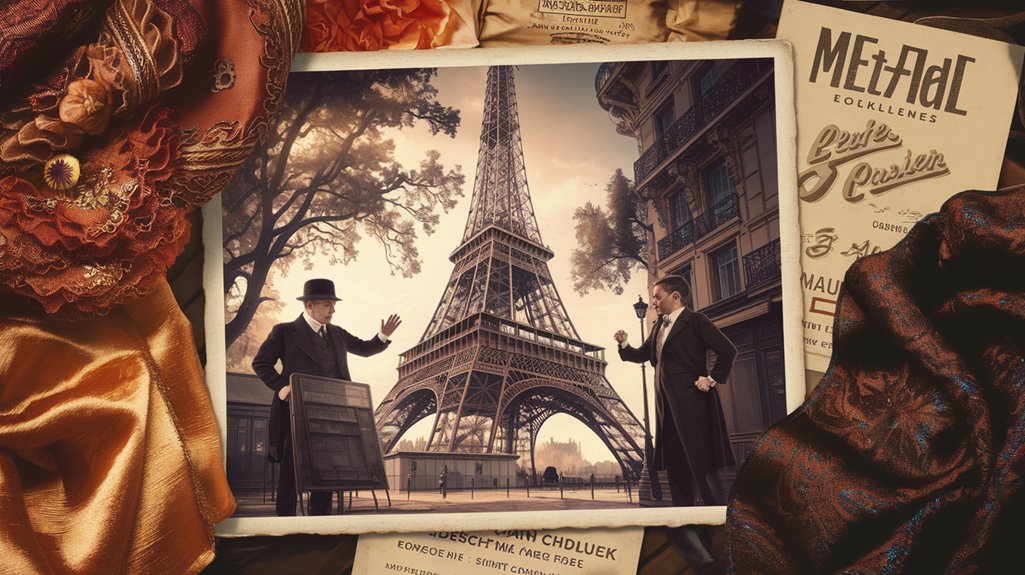
Perhaps the most audacious aspect of Victor Lustig's Eiffel Tower scam wasn't the initial sale but his decision to attempt it twice.
After successfully conning his first victim, you'd think he'd move on to other schemes. Instead, his double dealing reached new heights when he decided to orchestrate the entire operation again with a fresh group of scrap metal dealers.
The tower, which had cost 6.5 million francs to construct, made it a believable target for a fraudulent sale.
Using the same clever persuasion tactics that worked before, Lustig once again posed as the Deputy Director-General of the Ministry of Posts and Telegraphs. He maintained appearances at the luxurious Hôtel de Crillon during negotiations.
He recycled his convincing story about the tower's demolition, complete with forged government documents and clandestine hotel meetings.
The second attempt proved his confidence in the scam's effectiveness, though it ultimately contributed to his growing notoriety as a master con artist.
 70,000 francs, Lustig's greed led him to attempt the scam a second time.
70,000 francs, Lustig's greed led him to attempt the scam a second time.
The scam's enduring impact has shaped security protocols and verification processes, reminding you that if a deal seems too good to be true, it probably is.

